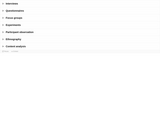
Focus Groups and Questionnaires
- Subject:
- Career and Technical Education
- Criminal Justice
- Material Type:
- Interactive
- Provider:
- Michigan Virtual
- Date Added:
- 07/29/2019

Focus Groups and Questionnaires
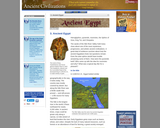
The sands of the Nile River Valley hold many clues about one of the most mysterious, progressive, and artistic ancient civilizations. A great deal of evidence survives about how the ancient Egyptians lived, but questions remain. Even the wise sphinx would have trouble answering some of them. How were the pyramids built? Who came up with the idea for mummies and why? What was a typical day like for a pharaoh?
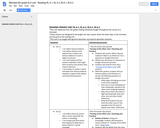
This unit addresses four 6th grade reading standards taught throughout the course of a trimester. These lessons are designed to be taught one day a week, while the other days in the trimester are focused on writing units. This unit is designed to be co-taught with a general education and special education teacher, but can be easily adapted if only one teacher is present.
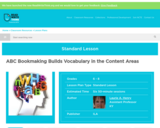
V is for vocabulary. A content area unit provides the theme for a specialized ABC book, as students select, research, define, and illustrate a word for each alphabet letter.
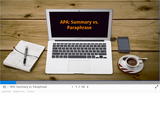
In this learning object, students will learn what a summary and a paraphrase are. They will understand the basic differences between the two and will learn tips for writing successful summaries and paraphrases. Students will also be introduced to the one-hand model of summary writing.
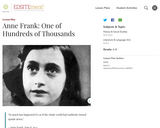
Drawing upon the online archives of the U.S. Holocaust Museum, this lesson helps students to put the events described by Anne Frank into historical perspective, and also serves as a broad overview of the Nazi conquest of Europe during World War II. After surveying the experiences of various countries under Nazi occupation, the lesson ends with activities related specifically to the Netherlands and Anne Frank.

Students are introduced to the concept of engineering biological organisms and studying their growth to be able to identify periods of fast and slow growth. They learn that bacteria are found everywhere, including on the surfaces of our hands. Student groups study three different conditions under which bacteria are found and compare the growth of the individual bacteria from each source. In addition to monitoring the quantity of bacteria from differ conditions, they record the growth of bacteria over time, which is an excellent tool to study binary fission and the reproduction of unicellular organisms.
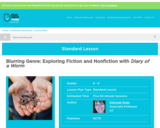
After reading several examples of how a published author incorporates facts in fiction writing, students research a topic of their choice and write fictional diary entries that incorporate factual information.

In this BrainVenture student take a look at the manatee and its environment in the Everglades of Florida. Students read and watch videos about the manatee then do a comparison of the sea cow and the cow. Students are also prompted to help save the manatees by writing a letter.
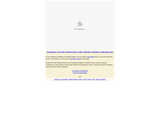
is a travel itinerary that highlights 45 historic places that help tell the story of Spanish colonization of California. Learn about forts, churches, adobe houses, historic districts, and other places. Find out about the Presidio, which was established in 1769 as the base for Spain's colonization efforts and was the first permanent European settlement on the Pacific Coast.
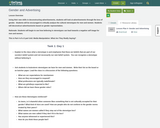
Using their new skills in deconstructing advertisements, students will look at advertisements through the lens of gender. Students will be encouraged to critically analyze the cultural stereotypes for men and women. Students will deconstruct advertisements based on gender representation.Rationale: Students will begin to see how believing in stereotypes can lead towards a negative self image for men and women. This is Part 4 of a 5 part Unit: Media Manipulation: What Are They Really Saying?
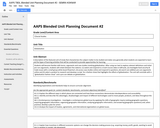
Students will become familiar with terms, arguments and case studies involving globalization. After using our text to explore relevant definitions and initial pro-con arguments, students will rotate between five stations: (1) watch and respond to a Crash Course video in EdPuzzle, (2) investigate food security & trade issues with a small group white board flowchart, (3) access case studies online and respond to questions, (4) search out addition pro-con arguments online and (5) select a product to research and develop a script for a fashion show that highlights the effects of globalization. The unit will conclude with a "globalization fashion show" and a pro-con debate on globalization.
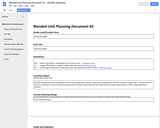
Students will discover the meaning behind and uses for adjectives, adverbs, conjunctions, prepositions and other elements of grammar. They will work in partners or groups to create a visual presentation that will teach classmates the most important and useful characteristics of their assigned grammar element.
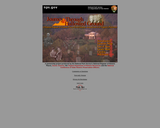
visits 65 historic places along 75 miles of Route 15 in Virginia's Piedmont. Stops include homes of Thomas Jefferson and James Monroe; sites of some of the bloodiest battles in the Civil War; and other places that evoke the soldiers, statesmen, farmers, and slaves who fought, toiled, and governed there.
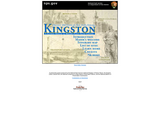
explores Kingston's over 300 years of history using 24 historic places that recall past eras when settlers and Native Americans warily shared its plains, proud Revolutionaries and angry British armies walked its narrow streets and when coal, limestone and even patent medicines flowed along its canals. The Dutch established Kingston 1652 and it became an active participant in the American Revolution and a major river-port during New York's 19th-century canal and steamboat era.
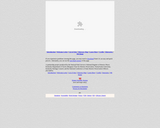
highlights 29 places that illustrate the transformation of the city from a small frontier post during the Revolutionary War into a center of economic, intellectual, and political activity. Photos, maps, and essays are included.
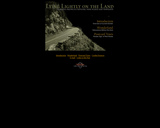
provides an overview of an exhibit which explains the historical role of transportation in visitors exploration of National Parks -- from the stagecoach to the automobile.
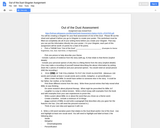
After students have read Out of the Dust, they will create a Glogster. They will write about the theme, use their vocabulary words in writing, write using similes, metaphors, and personification in poetry, compare and contrast Billie Jo's experience to someone else in history, and be able to pick an option from a list. They will use their creativity to make their poster appealing to the reader.

features an area in the southwest corner of Minnesota that reflects a rich history of American Indian quarrying, prosperity brought by the railroad and mining enterprises, and a distinctive natural landscape. This National Register of Historic Places Travel itinerary highlights 30 historic places, including buildings constructed with beautiful local red stone and land still sacred to American Indians.
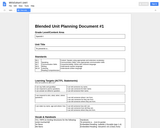
Materials, items and hyperlinks are provided in the attached document to utilize after a story* has been established in class using the following structures**: Hay, muchach@, se llama, es de. This unit includes embedded readings, ideas for personalization and reinforcement of key structures.
*A teacher ought to be familiar with the following acronyms, TCI/TPRS, and its strategies for this unit to be beneficial. If unfamiliar, see lower section in attachment for a links to access history and storytelling 101.
** A complete list of structures are provided in the attachment.